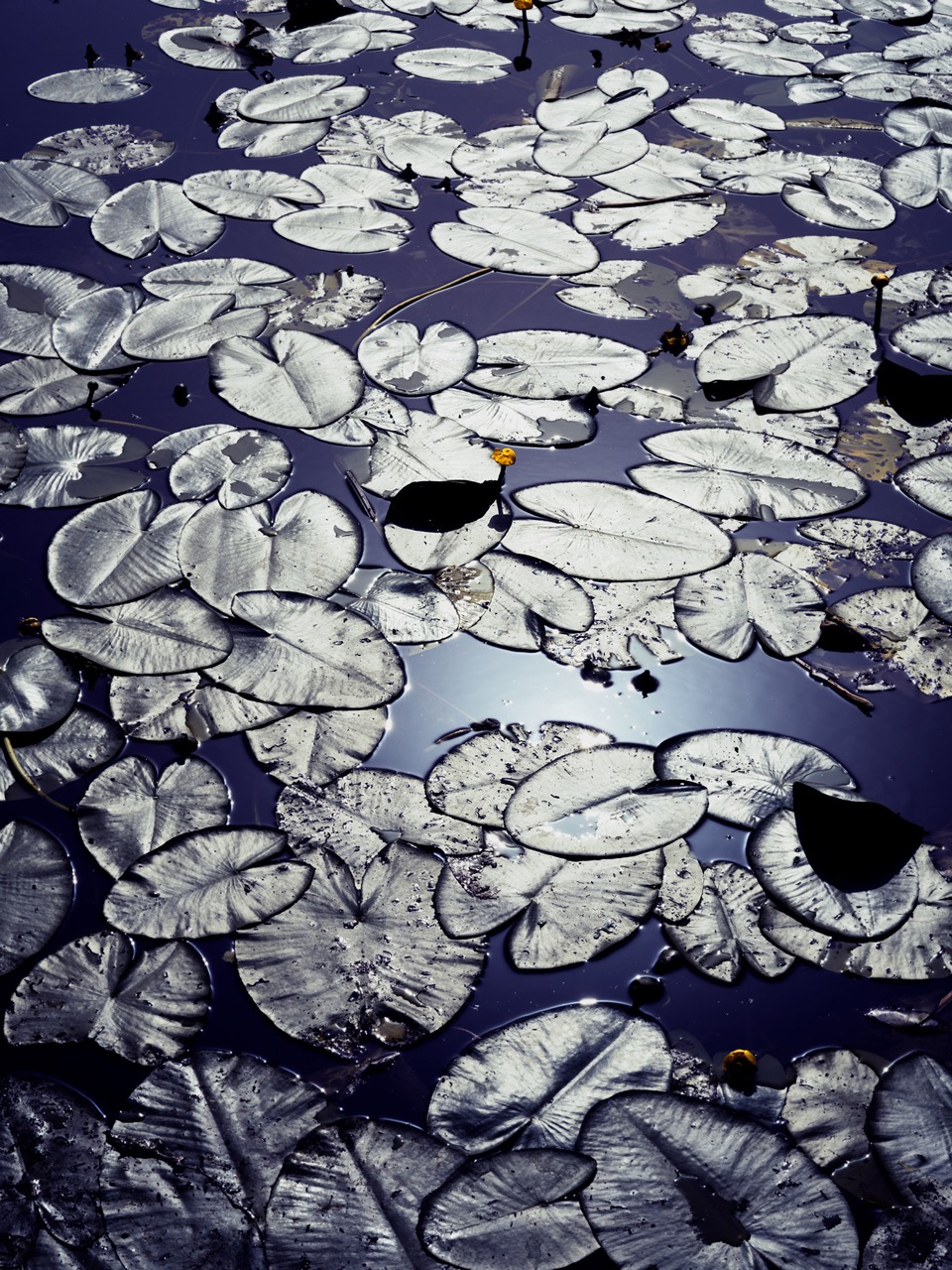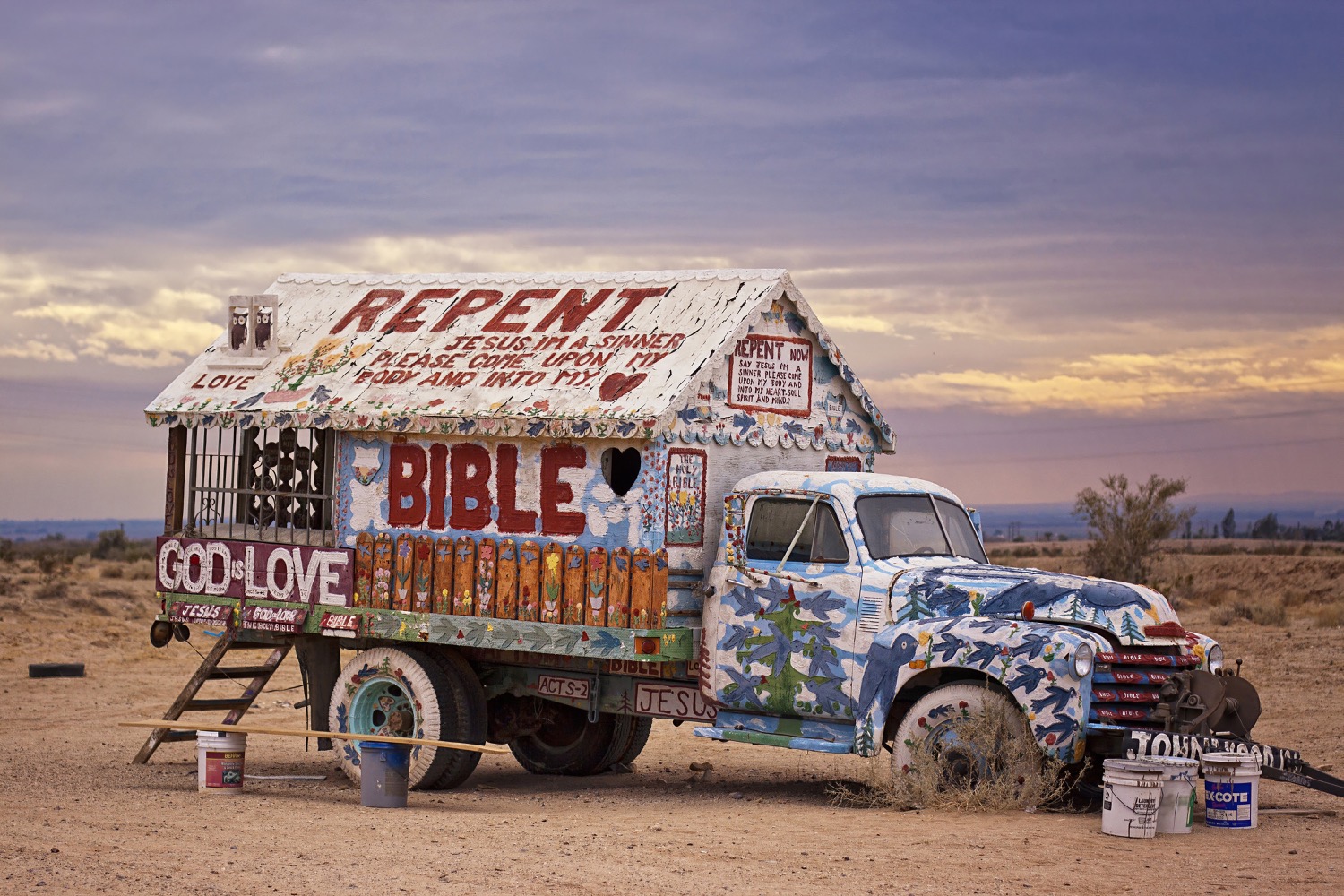
Gaia is Here to Stay
Geralda Odinot
She explores our fleeting presence in a timeless, enduring world.
Geralda Odinot

My work explores the connection between time, landscape, and our presence as humans. In Gaia Is Here to Stay, I do not place humans at the centre but rather depict us as a temporary phenomenon in a world that continues with or without us. By weaving images of human figures with natural processes that never cease—flowing water, layered rock formations, the movement of the wind—a reflection emerges on what remains and what fades.

Payment Failed

These images speak not only of nature’s cycles but also of our own fleeting presence within a much larger narrative. What can we learn from nature about time, change, and our place within it? How do we relate to this constant motion?


The choice of black-and-white photography, combined with digital and analogue techniques, reinforces the timeless quality of my work. These methods emphasise that everything moves in cycles—an ongoing flow not bound by human existence. In Gaia Is Here to Stay, the contours of humanity begin to blur. We disappear—just as we will eventually vanish from the history of this planet. The Earth remains. We are merely passers-by, a temporary part of a much greater story.


About
As a child, Geralda immersed herself in drawing and creating. At the Graphic Lyceum in Utrecht, she learned the language of images and briefly worked in the graphic industry. However, life led her to science, and she became a researcher. After earning her PhD in legal psychology, she lived and worked abroad. In 2019, she made a long-awaited decision—leaving academia to follow her true passion. With a camera in hand, she stepped off the beaten path, not to find answers, but to keep asking questions—in images, not in words.
.svg)
.svg)
.svg)










